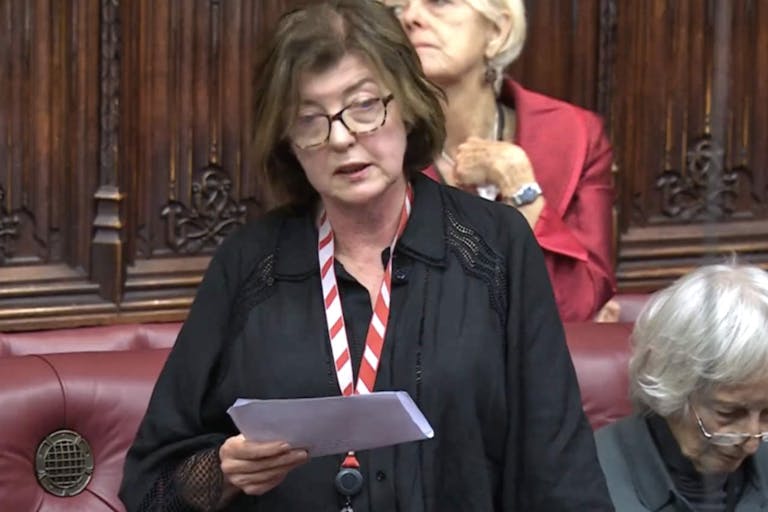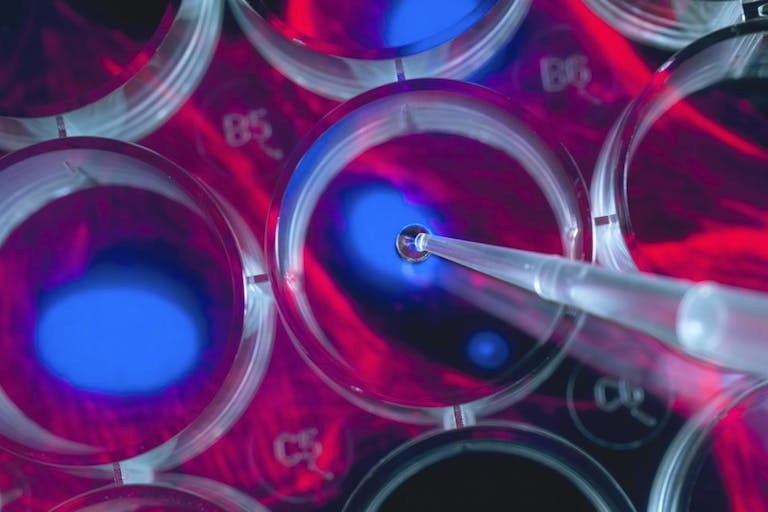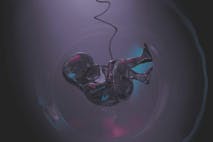
UK Prime Minister's former Chief of Staff slams assisted suicide bill
Right to Life UK
·
Human Rights·By Nancy Flanders
Creating life for destruction: NIH approves 70 new embryonic stem cell lines for research
The National Institutes of Health (NIH) has approved 70 new embryonic stem cell lines for use in research federally funded by the United States government. The new cells lines are from a laboratory at the Shaare Zedel Medical Center in Israel, according to LifeSiteNews, and are from human embryos which were created and then destroyed. These human embryos have mutations for certain conditions including spinal muscular atrophy, breast cancer, ovarian cancer, cystic fibrosis, Osteogenesis imperfecta (brittle bone disease), and Hunter syndrome.
The embryos were created using preimplantation genetic diagnosis (PGD), which means at least some of them were purposefully created outside the womb, likely during an in vitro fertilization cycle. Each embryo was then tested for a specific genetic mutation the parents were known to have, and was then used for experimentation and killed.
READ: Embryonic stem cell research: Setting the record straight
Each and every human embryo, no matter how he or she was created, is a human being. Creating human life specifically to experiment on it and/or destroy it is unethical. At least one embryo, which had the gene for Fragile X, was known to have been male. These embryos are human and all of their DNA is present — eye color, hair color, sex, etc.
Article continues below
Dear Reader,
In 2026, Live Action is heading straight where the battle is fiercest: college campuses.
We have a bold initiative to establish 100 Live Action campus chapters within the next year, and your partnership will make it a success!
Your support today will help train and equip young leaders, bring Live Action’s educational content into academic environments, host on-campus events and debates, and empower students to challenge the pro-abortion status quo with truth and compassion.
Invest in pro-life grassroots outreach and cultural formation with your DOUBLED year-end gift!
Each born person lived through the embryonic stage in his or her first moments of life, and is now at a different stage of existence. One cannot be a newborn, a toddler, a teen, an adult, or a senior citizen without having first been an embryo. Humanity exists whether inside or outside the womb.
In 2019, the Trump administration made the pro-life decision to end funding for some NIH research projects that used the body parts of aborted children. The administration also issued a policy that made it more difficult for research to be done using aborted babies’ bodies, but regrettably excluded human embryos from its definition of human fetal tissue.
“Like” Live Action News on Facebook for more pro-life news and commentary!
Live Action News is pro-life news and commentary from a pro-life perspective.
Contact editor@liveaction.org for questions, corrections, or if you are seeking permission to reprint any Live Action News content.
Guest Articles: To submit a guest article to Live Action News, email editor@liveaction.org with an attached Word document of 800-1000 words. Please also attach any photos relevant to your submission if applicable. If your submission is accepted for publication, you will be notified within three weeks. Guest articles are not compensated (see our Open License Agreement). Thank you for your interest in Live Action News!

Right to Life UK
·
Human Rights
Bridget Sielicki
·
Human Rights
Carole Novielli
·
International
Angeline Tan
·
Human Rights
Nancy Flanders
·
Human Rights
Angeline Tan
·
Issues
Nancy Flanders
·
Human Interest
Nancy Flanders
·
Investigative
Nancy Flanders
·
Pop Culture
Nancy Flanders
·
Human Interest
Nancy Flanders
·